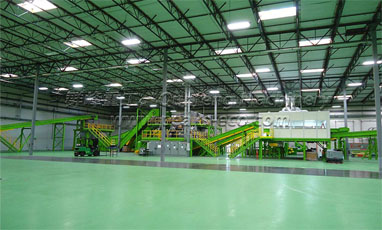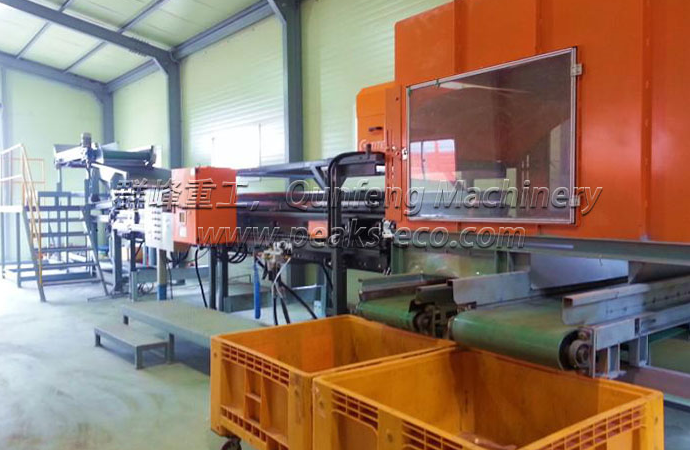With the improvement of people's lives, the pollution of garbage has become more and more serious.
1.The Hazards of Garbage
Occupy large amounts of land.
Pollute farmland. Waste fertilizer causes soil slag, and slag soil loses 0.5-1 ton of moisture per mu per day compared with normal soil.
Pollute groundwater: Industrial waste discharged from mines, steel plants, etc. contains many harmful substances, such as mercury, lead, chromium, etc. These substances will go deep into the ground under the sun and rain, thus polluting the groundwater.
Pollute the atmosphere. Some organic substances in industrial waste residues can produce a foul smell through biological decomposition at a certain temperature, thereby polluting the atmosphere.
With the development of the economy and the improvement of people's lives, urban garbage is piled up into mountains. Waste Disposal has become an urgent issue in the comprehensive improvement of the urban environment.
The composition of domestic waste is diverse, some can be recycled directly, some can be composted, and some must be incinerated, garbage collected separately, and scientifically treated according to the different characteristics of various types of garbage, which can save resources and prevent pollution.
Some harmful gases, such as HCl, HF, SO2, and nitrogen oxide compounds, organic matter, and slag are generated when garbage is incinerated. If they are discharged directly into the environment, it will also cause pollution, so it is necessary to send the garbage to the incinerator for centralized treatment.
With the continuous development and improvement of waste treatment technology, urban waste is transitioning from stacking treatment to landfilling, and landfilling technology is gradually becoming hygienic, economical, and efficient. The ash, bricks, ceramic lamp materials, and various residues produced in the garbage must be disposed of by landfill. The landfill must meet the sanitary landfill standards: the water content of the landfill is less than 20%-30%, and the inorganic content is greater than 60%.
Our lives are inseparable from all kinds of batteries, but the environmental pollution caused by acid, alkali, and other electrolytes and heavy metals in waste batteries cannot be ignored. Whether it is a disposable battery or a rechargeable battery, if it contains mercury, cadmium, lead, or sulfuric acid, it may pollute the environment. Companies improve production processes to reduce harmful substances in dry batteries, such as developing mercury-free or low-mercury batteries. We also don't throw away batteries everywhere and do a good job of Waste Recycling used batteries.

2.How to Solve the White Pollution
Waste Solution Supplier will tell you how to solve the white pollution.
Reduce the use of unnecessary plastic products, such as replacing plastic bags with cloth bags;
Reuse some plastic products, such as plastic bags, plastic boxes, etc.;
Use some new and degradable plastics, such as microbial degradable plastics and photodegradable plastics;
Recycling various waste plastics.

没有评论:
发表评论